Our Services
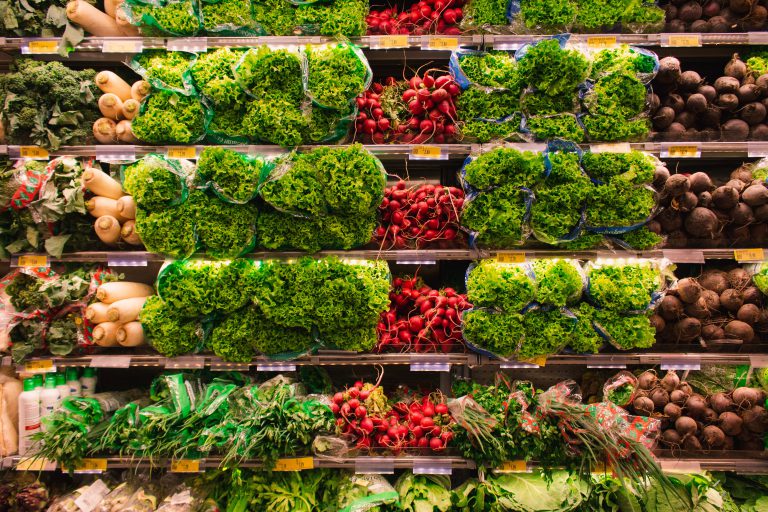
Products that we export
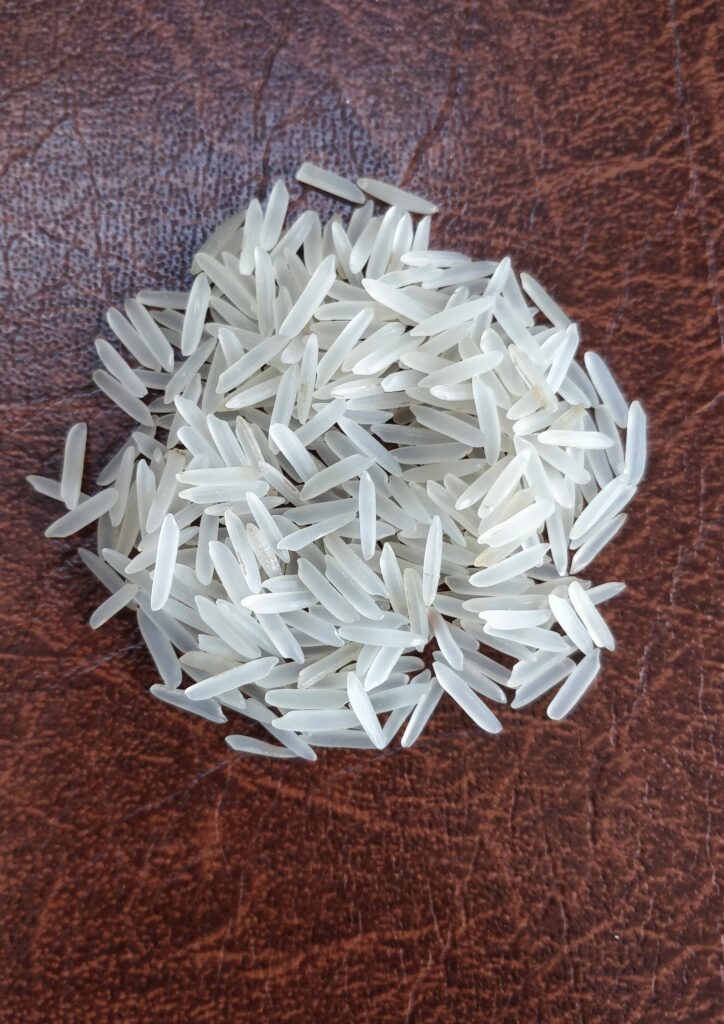

Basmati Rice:
Basmati rice is a long-grain aromatic rice variety known for its slender grains and distinct fragrance. It is highly sought after in the international market for its excellent cooking qualities, delicate flavor, and long, non-sticky grains. It has a pleasant aroma and soft texture when cooked. We export various kinds of Basmati rice of following types in Raw, Single steam, Creamy and Golden Sella forms of 2023 Crop.
- 1121 Basmati Rice (8.35 mm) – Premium Quality
- Traditional Basmati Rice (7.25 mm) – Premium Quality (2022 Crop)
- 1718 Basmati Rice (8.35 mm)
- 1509 Basmati Rice (8.35 mm)
- 1401 Basmati Rice (7.70 mm)
- PUSA Basmati Rice (7.45 mm)
Non-Basmati Rice:
Non-Basmati rice is is a medium-long grain rice variety that is known for its aromatic qualities. It has a pleasant aroma and soft texture when cooked. Sugandha rice is widely used in South Indian cuisine, especially for preparing dishes like biryanis, pulao, and fried rice. We export following types of non-basmati rice, Sharbati Rice, PR-11/PR-14, Parmal and Sona Masoori Rice.
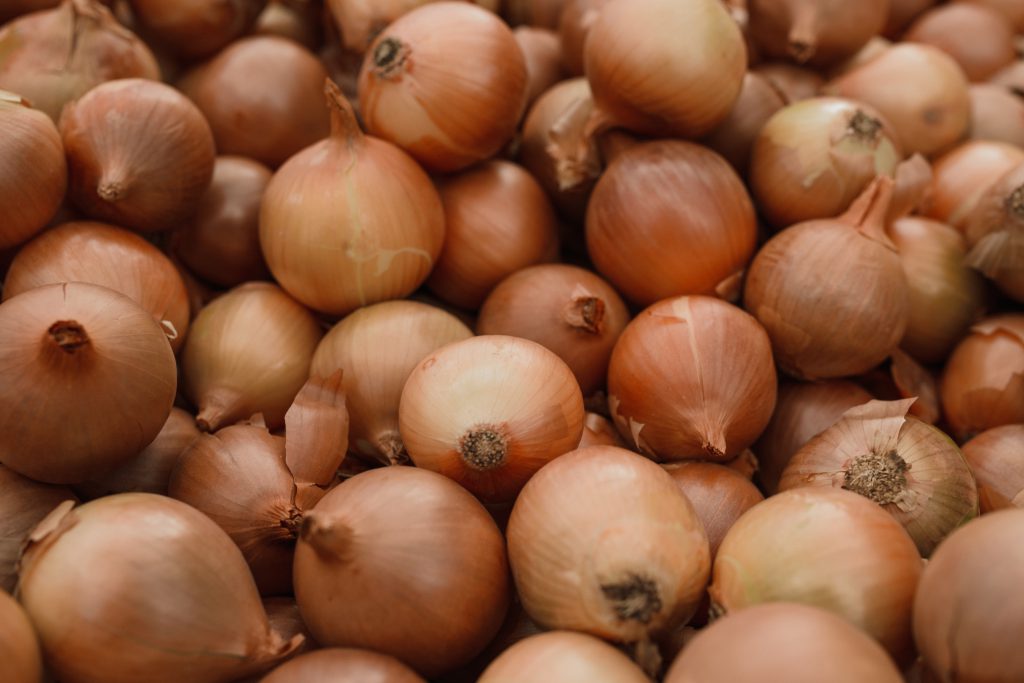
Onions are a low-calorie, nutrient-dense vegetable that are rich in vitamins, minerals, and antioxidants. They are an excellent source of vitamin C, vitamin B6, and manganese. Onions also contain good amounts of fiber, folate, and potassium. Additionally, onions are a good source of quercetin and sulfur compounds, which may help to lower inflammation and improve heart health.
Onions are also a good source of chromium, which helps to regulate blood sugar levels. Eating onions may also promote healthy digestion and regular bowel movements.
Onions can be eaten raw, cooked or grilled and are used in many dishes worldwide. They are a very versatile vegetable, and can be added to soups, stews, casseroles, sandwiches and salads to add flavor, texture and nutrition.
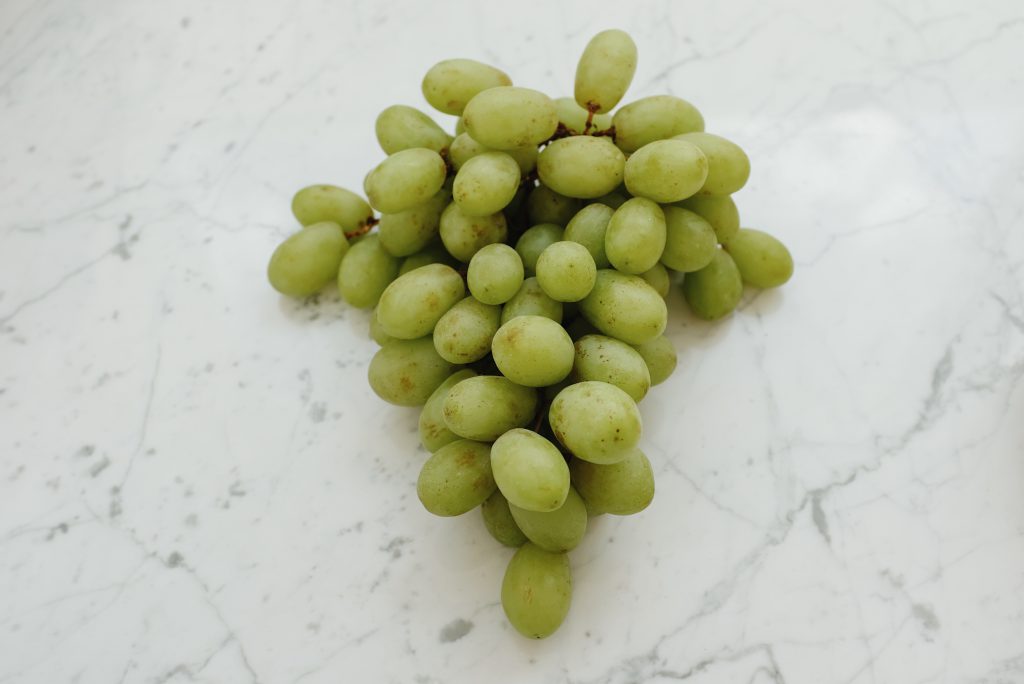
Grapes are a good source of vitamins, minerals, and antioxidants. They contain vitamins C and K, as well as small amounts of other vitamins and minerals such as vitamin B6, potassium and manganese. Grapes are also a good source of antioxidants, including resveratrol and anthocyanins. These antioxidants have been linked to a variety of health benefits such as reducing the risk of heart disease, cancer, and cognitive decline.
Grapes are also a good source of dietary fiber, which helps to promote healthy digestion and regular bowel movements.
Eating grapes can be beneficial to the body in many ways, they can be eaten fresh, dried as raisins, or used to make juice, jam, jelly and wine. They can be enjoyed on their own or used as an ingredient in a variety of dishes.

Pomegranates are a rich source of antioxidants, vitamins, and minerals. They contain high levels of vitamin C, vitamin K, and vitamin E, as well as folate, potassium, and antioxidants such as punicalagins and punicic acid. These substances have been shown to have anti-inflammatory and anti-cancer properties, and may help to lower the risk of heart disease and other chronic conditions.
Pomegranates are also high in dietary fiber, which can help to promote healthy digestion and regular bowel movements. Overall, pomegranates are a nutritious and healthy food that can be enjoyed as a fruit, juice, or added to various dishes and salads.
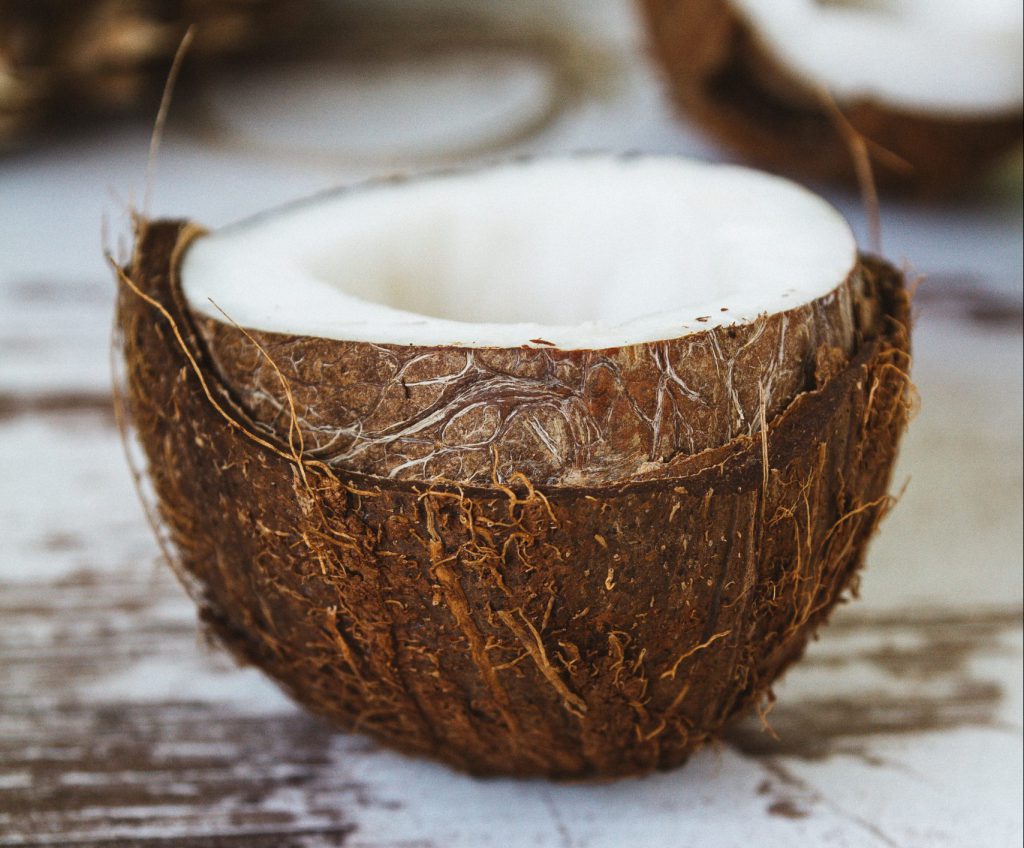
Coconut is a nutrient-dense fruit that is high in healthy fats, dietary fiber, vitamins, and minerals. It is an excellent source of medium-chain fatty acids (MCFAs), particularly lauric acid, which has been shown to boost heart health and increase feelings of fullness after eating.
Coconut meat is a good source of fiber, vitamins C and B vitamins, and minerals such as iron, selenium, and zinc. Coconut milk and oil are also rich in lauric acid, which is known for its anti-inflammatory and anti-viral properties.
Coconut water is a good source of hydration and electrolytes, including potassium, calcium, and magnesium.
Coconut products can be used in a variety of ways in cooking and baking, such as using coconut oil for cooking, using coconut milk in soups and curries, using coconut flour in baking and using coconut water as a drink.
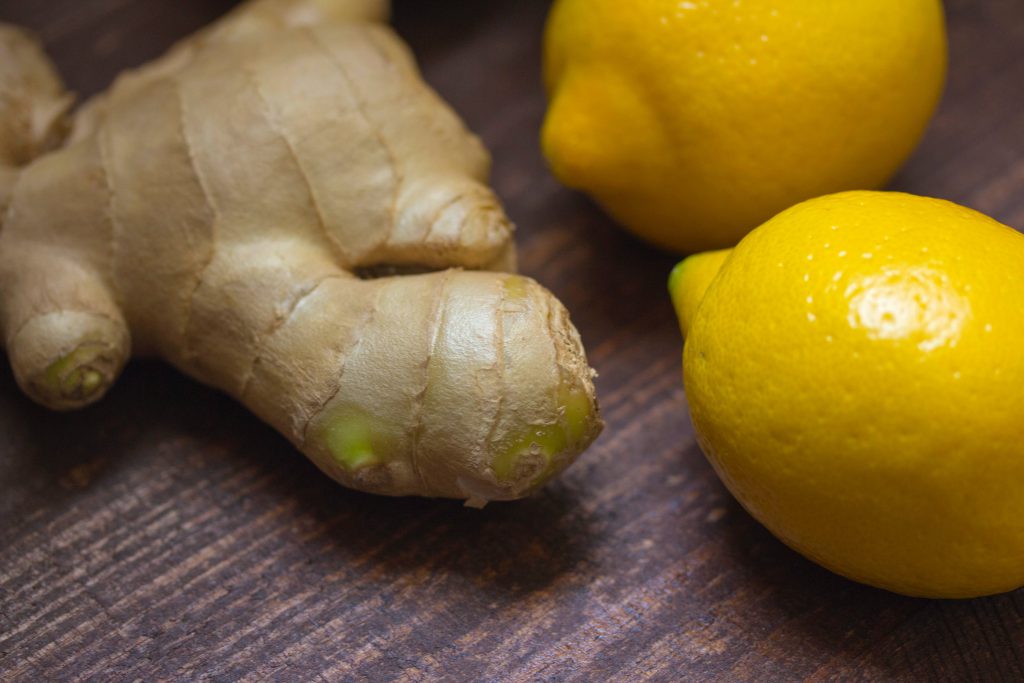
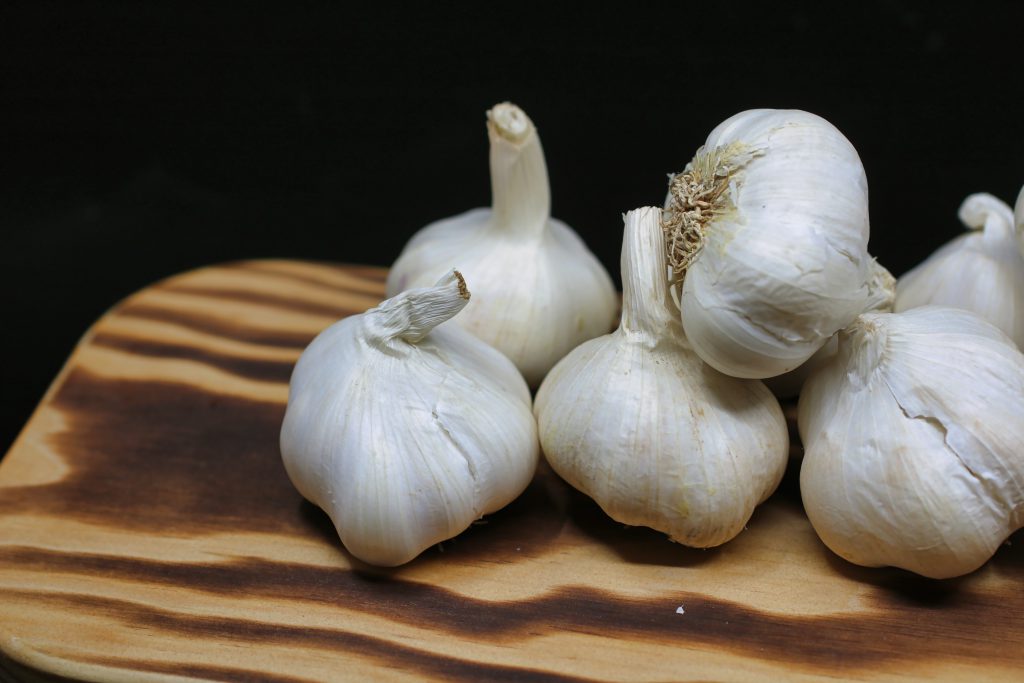
Ginger and garlic are both members of the same plant family, and both are known for their strong and distinctive flavors as well as their medicinal properties.
Ginger is a good source of several vitamins and minerals, including vitamin B6, magnesium, and manganese. It is also a rich source of antioxidants, particularly gingerols and shogaols, which have anti-inflammatory and anti-cancer properties. Ginger has been traditionally used to relieve nausea, vomiting, and motion sickness, and may also help to reduce muscle pain and soreness.
Garlic is an excellent source of manganese, Vitamin B6, Vitamin C and selenium. It is also a very good source of dietary fiber, potassium, iron, and calcium. Garlic contains compounds such as allicin which have been linked to reducing the risk of heart disease, high blood pressure, and certain cancers. It also has antimicrobial properties, making it a great addition to dishes to add flavor and nutrition.
Both ginger and garlic can be used in many ways, such as adding them to dishes, making tea or taking supplements. They are commonly used in many dishes in different cuisines, and are known for their medicinal properties as well.
